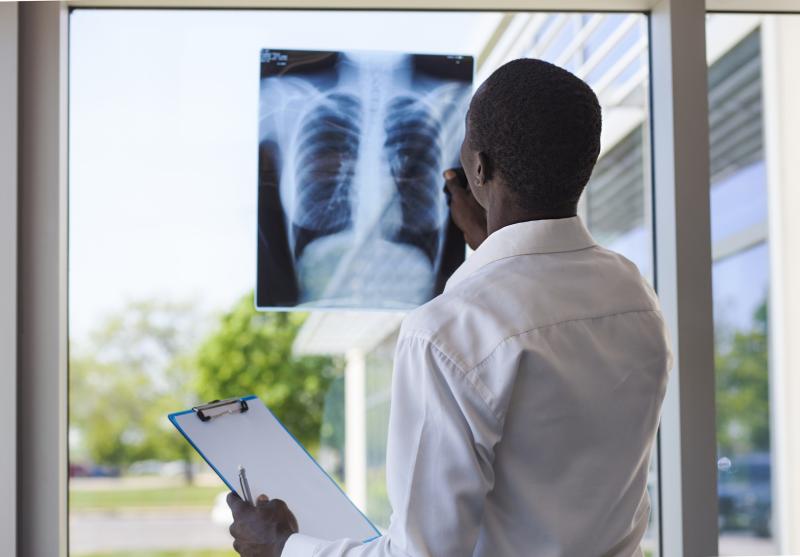
Patients with high-risk submassive (SMPE) and massive pulmonary embolism (MPE) achieve right ventricular (RV) recovery following surgical management, a study has found.
The authors compared surgical embolectomy and venoarterial extracorporeal membrane oxygenation (ECMO) for MPE vs high-risk SMPE between 2005 and 2019. Improvements in central venous pressure, pulmonary artery systolic pressure, RV/left ventricular (LV) ratio, and RV fractional area change characterized RV recovery.
Overall, 136 patients with PE (92 with SMPE and 44 with MPE) were included in the analysis. Those with MPE were more likely to present with syncope (59.1 percent vs 25.0 percent; p=0.0003), with Glasgow Coma Scale score ≤4 (22.7 percent vs 0 percent), and with failed thrombolysis (18.2 percent vs 4.3 percent; p=0.008).
Embolectomy was most often used for SMPE patients (98.9 percent), while ECMO was used more for those with MPE (ECMO in 40.9 percent; embolectomy in 59.1 percent).
RV function improved as measured by the following: central venous pressure (from 23.4±4.9 to 10.5±3.1 mm Hg), pulmonary artery systolic pressure (from 60.6±14.2 to 33.8±10.7 mm Hg), RV/LV ratio (from 1.19±0.33 to 0.87±0.23; p<0.005), and fractional area change (from 26.8 to 41.0; p<0.005). Mortality was relatively low at 4.4 percent (six of 136; one of 92 [1.1 percent] SMPE patients; five of 44 [11.6 percent] MPE patients).
In subgroup analysis, morbidity and mortality showed a robust correlation with preoperative cardiopulmonary resuscitation.
“Acute PE is associated with high morbidity and mortality because of RV failure,” the authors said. “There is evidence suggesting surgical therapy (surgical embolectomy or venoarterial ECMO) is safe and effective.”